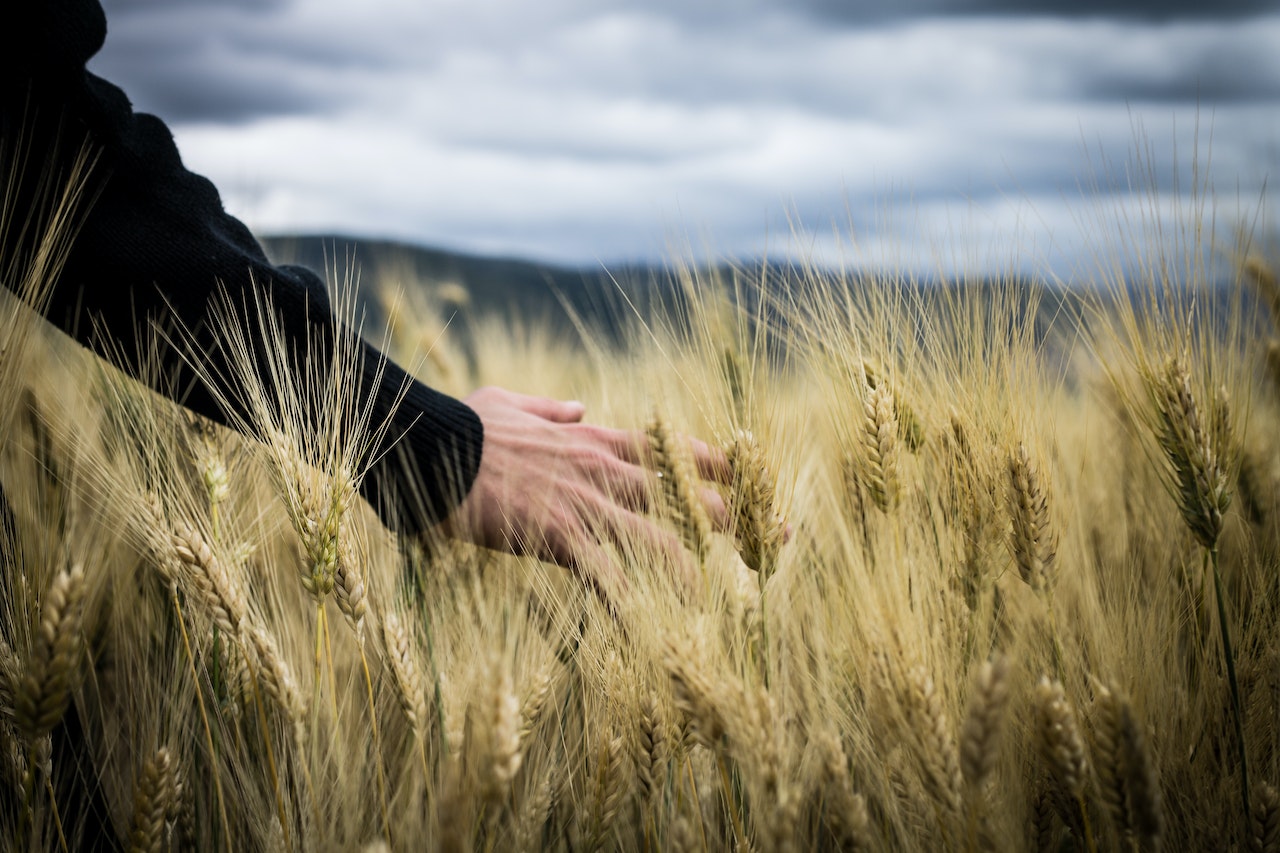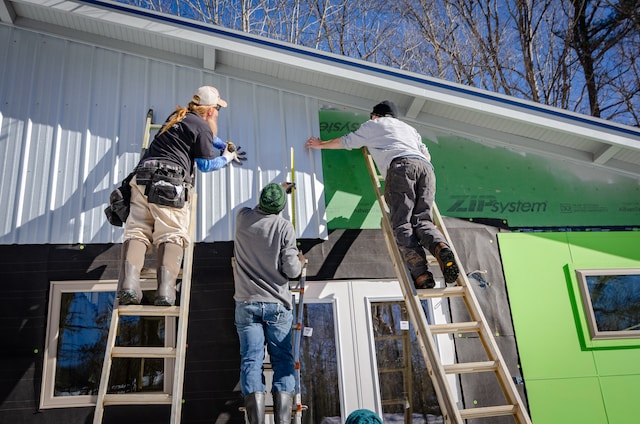Agriculture has always played a crucial role in sustaining civilization. Farming has come a long way from the traditional, not-so-efficient manual methods of growing crops to large-scale, automated cultivation that combines machinery use with numerous soil treatment techniques that result in high yields. But the sector continues to be severely threatened by the dramatic development of crop diseases/pests and changes in the weather.
This is where innovative technologies such as the Internet of Things (IoT) come in. IoT needs to be leveraged to efficiently develop cutting-edge solutions that keep crop production going year in and year out. This ensures the entire world will not run out of good food in the future.
The Internet of things is making a significant difference today and has successfully ushered in a new era. This new era empowers farmers to cultivate or grow crops in a more productive and controlled manner. This development facilitates better utilization of resources such as land, etc., via the following:
- Adequate crop selection
- Improved monitoring of soil
- Temperature
- Irrigation
- Plant health
It also includes other vital aspects that considerably impact the final yield of crops at the end of the day.
What IoT in Agriculture Means
IoT (Internet of things) technology is said to play a considerable role in boosting agricultural productivity to cater to the ever-growing demand for food. IoT in the agriculture industry involves the incorporation of IoT-based cutting-edge technological systems, tools, solutions, and equipment to maximize yield, improve operational efficiency, as well as reduce wastage of energy via:
- Data collection
- Data analysis
- Data storage
- Development of a control platform
IoT-based applications such as livestock monitoring, precision farming, fish farming monitoring, and smart greenhouse are expected to be highly instrumental in enhancing the speed of agriculture processes.
IoT technology can readily address nearly every agriculture-based issue and optimize the quality and quantity of agriculture production. This is made possible by connecting multiple farms via a single platform and making each much more intelligent via sharing, storing, and analyzing the information.
According to research, the global IoT in agriculture is estimated to grow at a remarkable CAGR of 14.7 percent from 2018 to 2025. This will result from lowered technology costs due to the ongoing research and development in IoT and concerted efforts by numerous governments worldwide to boost the quantity and quality of agriculture production.
IoT and Its Impact on The Agricultural Sector
There is no doubt about the impact of the internet of things technology in the agricultural sector. This cutting-edge technology is here to stay because it plays a vital role in agriculture.
Here are some of the ways the internet of things has impacted the agricultural sector:
Accurate Data Analysis
Thanks to IoT-based solutions for agriculture, numerous applications – such as crop data analysis, weather forecasts, pest detection, etc. – are enabled.
Furthermore, every data is analyzed using machine learning, cloud technology, and artificial intelligence. This results in the provision of highly accurate results.
Increased Food Production
Farmers have utilized the internet of things to their advantage by creating intelligent tools for measuring and predicting agricultural practices. In addition, many farmers have used IoT to create smart and efficient tools that automate their farming processes. The outcome of this development is a considerable boost to production efficiency.
Moreover, thanks to IoT, farmers got a better understanding of their numerous crops. In addition, the farmers learn more about environmental factors and their overall impact on agricultural productivity.
These, in turn, help the farmers make decisions, resulting in a significant boost in food production.
Increased Farm Efficiency
The internet of things technology is also felt in farm productivity and efficiency. When utilized in the farming process, there is a considerable increase in farm productivity/efficiency.
This is primarily due to using multiple IoT devices, such as soil moisture sensors, irrigation devices, etc., that collect and process data for monitoring crop health, temperature, soil, air pressure, and pest detection.
The internet of things technology is also used in the agricultural sector for monitoring soil and crop conditions. This helps the farmers make timely decisions to increase crop yields.
Smart Farming
The smart farming system came to the scene thanks to the internet of things. Each aspect of the farm is managed and controlled automatically and remotely.
It starts with the collection and storage of data by an IoT device. The data highlights the farm’s numerous conditions, including measuring soil and crop conditions daily to know the ideal period for fertilizer, watering, pest removal, and pesticide application.
Smart farming technology makes it possible for farmers to make highly informed decisions based primarily on real-time data and tracking the growth and health of their crops.
Effective Interaction and Communication
The internet of things technology allows users to interact and communicate effectively with devices with an incredibly high level of security.
You can link multiple IoT devices to other external systems and control each remotely. This means you can access large amounts of data/information that you can utilize anytime.
Enhanced Data Collection and Transmission
IoT technology can also be used for tracking the movement of farming equipment. The technology is integrated into IoT-connected tractors and devices that can receive data on the conditions of crops as well as control how to harvest the crops.
This cutting-edge technology allows farmers to avoid wasting energy and time while deciding how to efficiently harvest the crops, especially when harvesting is not the best time for the crops.
In other words, the internet of things in the agricultural sector can be used to reduce the risks of accidents, especially during the harvest period of crops.
Real-time Crop Planning and Integrated Crop Forecasting
The internet of things in agriculture assists farmers in efficiently forecasting the overall conditions of their crops. This is quite helpful as farmers no longer need to spend lots of time guessing whether or not to harvest their crops or what to do with them.
This means that almost gone are the days when farmers had no choice but to wait until an entire season had passed before using the forecast data on the overall conditions of crops.
Automation of Work
According to research, more than 70 billion sensors are online, viz.
- Flow sensors
- Light sensors
- Pressure sensors
- Barometric sensors
- Humidity sensors
- Wireless sensor nodes
- Temperature sensors
These sensing elements empower the internet of things to automate and simplify multiple processes on farms, such as data collection, watering, monitoring, harvesting, and monitoring of crops.
Reduced Fuel Consumption
The internet of things technologies help reduce the use of energy and the cost of labor. The use of IoT sensors, as well as intelligent irrigation procedures, has assisted farmers in measuring rainfall reasonably accurately. As a result, farmers can also make better decisions on the most beneficial amounts of water for every field.
Using IoT-based sensors has significantly helped reduce diesel and gas usage, which are some of the crucial challenges of the internet of things in the agricultural sector.
Intelligent Greenhouses
Smart greenhouses integrated with state-of-the-art IoT monitors manage the climate intelligently. As soon as climate conditions change, the IoT swings into action by automatically adjusting the greenhouse. This eliminates the need for manual or human intervention.
This is one of the reasons farmers and businesses partner with world-leading service providers like Telenor IoT for efficient IoT-based operations and services. Sensors help farmers monitor light levels and water consumption within the structure.
The farming industry is undoubtedly more crucial today than ever, especially in the next few decades. According to the UN Food and Agriculture Organization, the agricultural sector is expected to produce up to 70 percent more food by 2050 than in 2006 to feed Earth’s ever-growing population.
That is why agricultural organizations and farmers are taking advantage of the Internet of Things for more outstanding production capabilities and analytics.
Livestock Tracking and Geofencing
Farmers utilize wireless IoT-based applications – such as livestock GPS tools – for collecting factual information about their cattle’s well-being, health, and whereabouts. This vital information helps prevent disease transmission while minimizing labor expenditures.
This has entirely revolutionized the agricultural sector as farmers can enjoy 24/7 real-time, remote visibility of their livestock.
Agricultural Drones
The internet of things technology in the agricultural sector involves using ground and aerial drones to monitor things like planting, crop monitoring, crop spraying, and crop health.
As soon as sensors are installed, they keep track of how healthy the crops are right after they start growing. As a result, these smart drones can help minimize the number of chemicals that find their way into groundwater. This, in turn, reduces your overall impact on the environment.
The agricultural sector remains one of the most competitive markets, especially for adopting the Internet of things. The impact of this innovative technology in today’s world cannot be overemphasized. Better crops with incredibly lower costs have always been a major challenge in the agricultural sector. But thanks to advanced technologies such as the Internet of things, the impact makes a significant difference in today’s world.
IoT technology can be used in various ways to help farmers. For instance, it can be used to monitor the health of the crops and soil moisture levels and predict weather patterns. All this information is vital for the farmers to make better decisions about their crops. In addition, IoT technology can also be used to track animals and even control irrigation systems.






